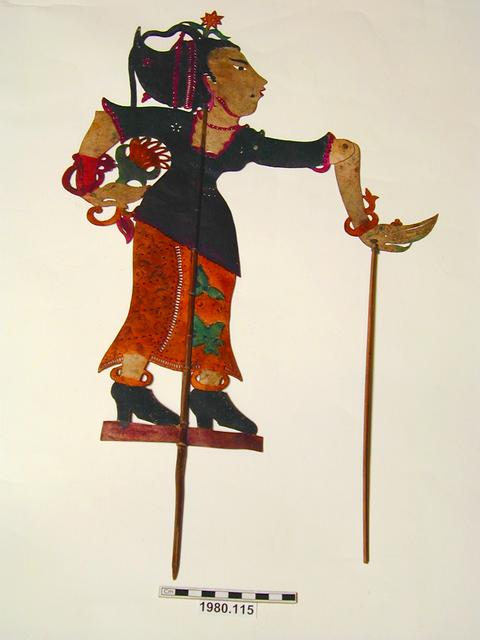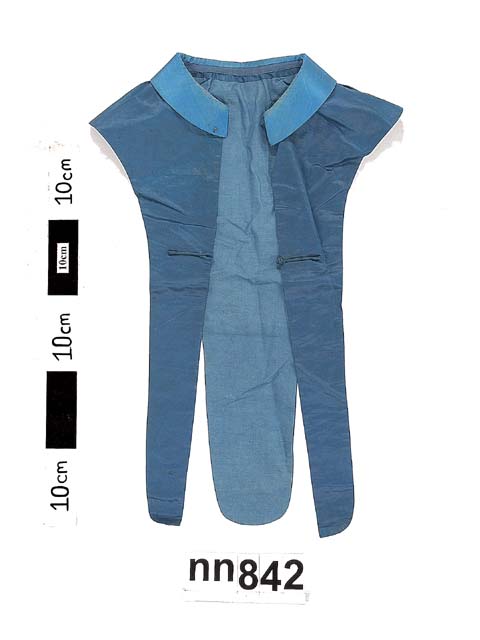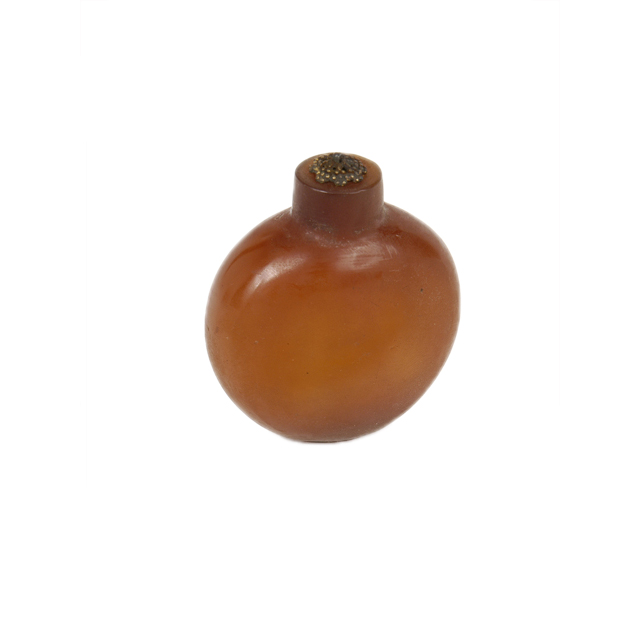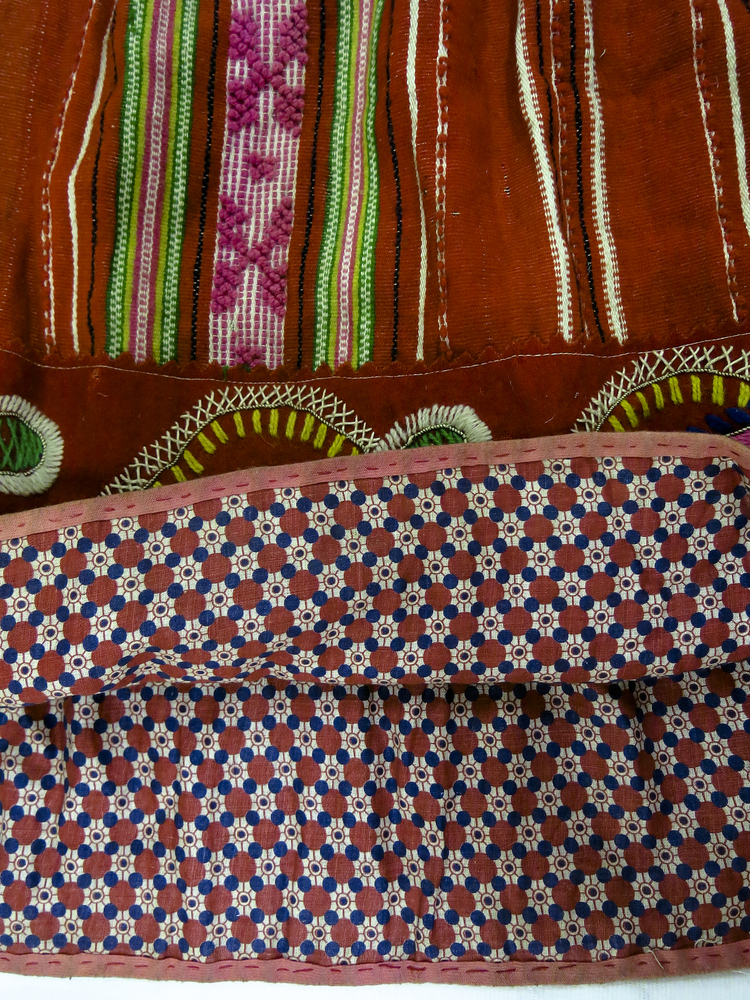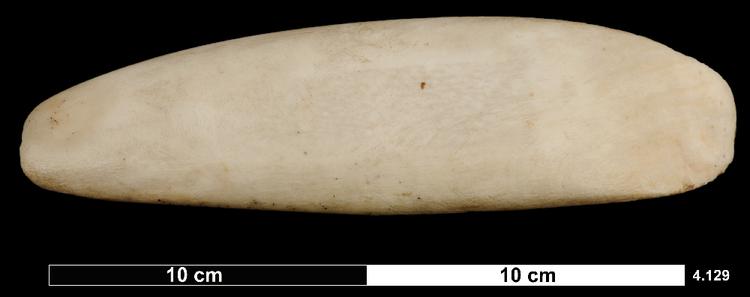
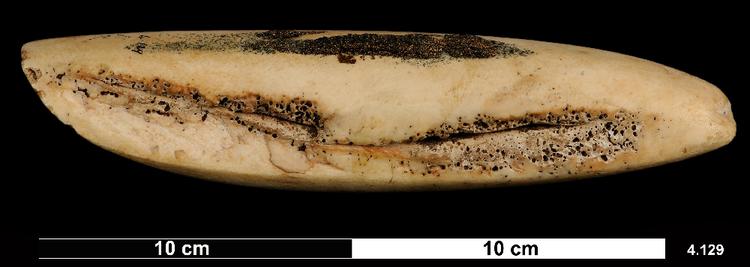
Adze-head made of Tridacna clam-shell.
Label: Old black display label with white text.
Adze Blade, Caroline Islands, Western Micronesia. One of the greatest challenges facing humanity when they settled the islands of Micronesia was the low availability of stone for making tools. Most of the Caroline Islands in western Micronesia are low sandy islands that have developed around the rim of coral atolls – ring-shaped reefs that have grown up in the shallow light-filled waters at the summit of seamounts - completely submerged mountains. The hard volcanic stone that the Melanesian and Polynesian peoples used for tool-making was very hard to come by in Micronesia; there were one or two places around Ponape in the eastern Caroline Islands where igneous stone could be found, but elsewhere, the islanders turned to a novel animal source: The shell of the Giant Clam (Tridacna gigas). This enormous bivalve - the world’s largest – occurs only within 20m of the sea’s surface in the Indian and Pacific Oceans, and so it could be found in exactly the same waters that the Micronesians relied upon for their survival. Near the shell’s hinge section, the inner part of each plate becomes a solid, evenly grained mass of limestone-like calcium carbonate up to 5cm thick. This finely cut and laboriously ground adze blade was fashioned from such a piece of shell, and would have been more than a match for the light coconut and other woods that grew on such islands. Shell. Late 19th Century. Formerly in the private collection of Mr. W.D. Webster.



